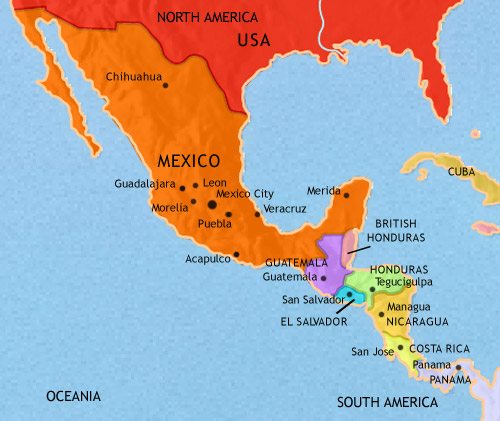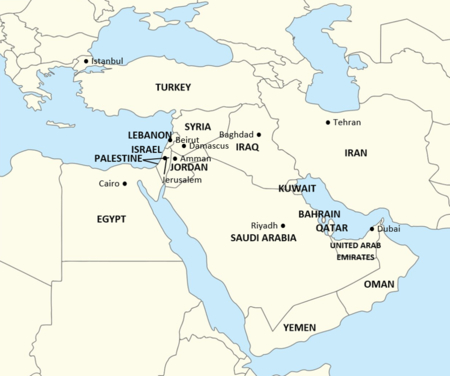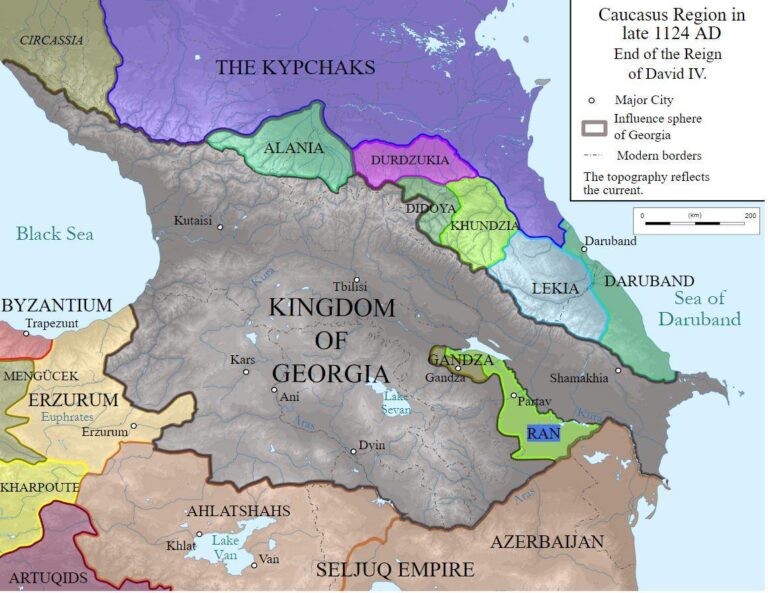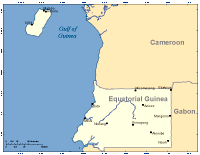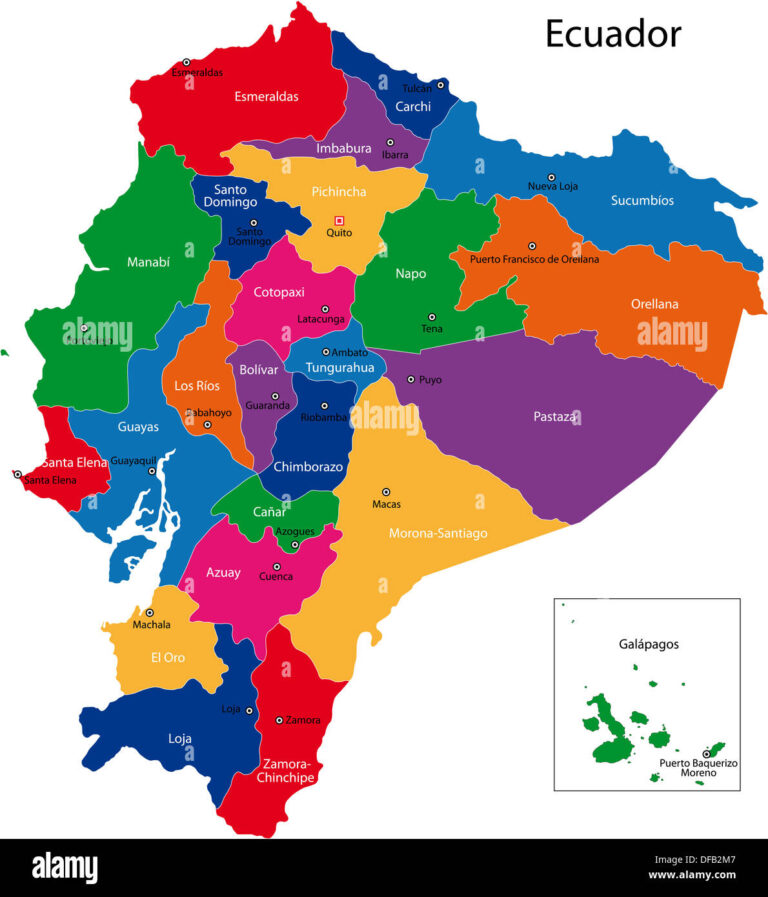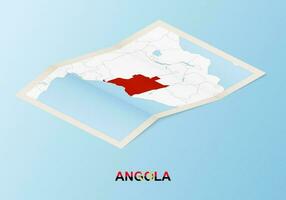Grenada Neighbouring Countries and Caribbean Islands
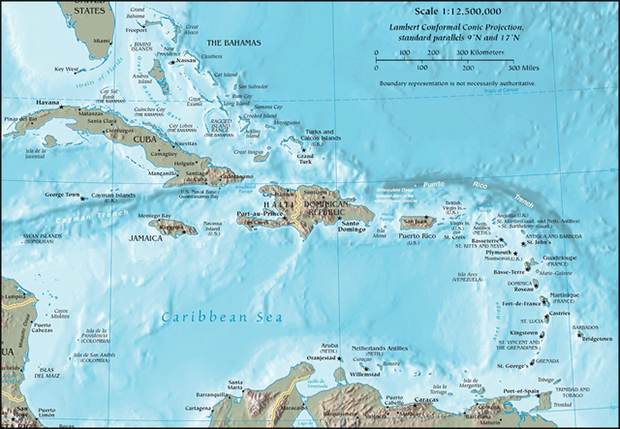
Grenada’s Geographic Location
Grenada, nestled in the Caribbean Sea, is famous for its beautiful vistas and fascinating history. Its location gives clues about its weather, plants, animals, and overall vibe.
Island Geography Overview
Grenada sits around 12° north of the Equator and 61° west of Greenwich. It’s a volcanic gem north of Trinidad and Tobago. The island’s landscape is a rugged blend of narrow coastal plains, ridges, and slender valleys, reaching up to Mount St. Catherine, the island’s tallest point at 840 meters (2,756 feet).
| Notable Features | Description |
|---|---|
| Spot | Caribbean Sea |
| Coordinates | 12° N, 61° W |
| Top Mountain | Mount St. Catherine (840 meters) |
| Landform | Volcanic, plains, ridges, valleys |
Grenada is surrounded by water on all sides, with no land borders, giving it a special role in regional sea trade.
Climate Overview
With a tropical climate eased by northeast trade winds, Grenada enjoys warm weather year-round, with noticeable rainy and dry seasons. Rainfall varies, pouring over 3,500 millimeters (138 inches) in the mountainous regions and below 1,500 millimeters (59 inches) in flatter areas.
| Climate | Spec |
|---|---|
| Type | Tropical |
| Average Heat | 29°C (84°F) |
| Rainy Spell | June to November |
| Annual Rainfall | 1,500 – 3,500 mm |
The tropical setting fosters rich wildlife and lush landscapes, making Grenada a hotspot for nature lovers. Its weather patterns play a big role in farming and everyday life on the island.
Check out more about nearby countries and their geography with our pieces on fiji neighboring countries and jamaica neighboring countries.
Maritime and Territorial Claims
Perched in the Caribbean, Grenada flexes its sea muscles with its maritime claims, thanks to its prime island spot. These claims cover a realm of both territorial seas and exclusive economic zones (EEZ), with a sprinkle of strategic significance.
Territorial Sea and Exclusive Economic Zone
Grenada’s backyard, so to speak, stretches quite far into the ocean with its territorial sea and a wide-spanning exclusive economic zone.
-
Territorial Sea: Out to 12 nautical miles from its shorelines, Grenada holds dominion over its territorial sea, including rights to explore and protect its resources. It’s like having its own watery backyard, full of hidden treasures (CIA World Factbook).
-
Exclusive Economic Zone (EEZ): This one’s a biggie at 200 nautical miles—imagine how far you could row a boat! Here, Grenada can fish, drill, and much more with exclusive rights, making it a hub of potential marine wealth (CIA World Factbook).
These watery borders are Grenada’s ticket to economic gains and ecological stewardship, opening doors to marine riches and asserting its authority over surrounding waters.
Neighboring Islands
Nearby, the Grenadine Islands chill like a chain of tropical pearls—around 600 little ones, give or take. The Martinique Channel does the neighbor duty, separating Grenada from St. Vincent and the Grenadines. Within Grenada’s embrace, islands like Carriacou and Petit Martinique stand out (Wikipedia). Wanting to know who’s next door to other island nations? Check out nearby spots like Dominican Republic and Jamaica.
| Maritime Zone | Extent | Rights and Uses |
|---|---|---|
| Territorial Sea | 12 nautical miles | Sovereignty, resource exploration, and protection |
| Exclusive Economic Zone | 200 nautical miles | Exclusive rights to fishing, drilling, and other economic activities |
Getting a grip on these claims helps unravel Grenada’s geographical and economic tapestry, shining light on its economic vibe and ties with trading buddies.
Grenada’s Neighboring Countries
Grenada, a cozy little spot in the Caribbean, is chilling between the Caribbean Sea and the Atlantic Ocean, north of Trinidad and Tobago. It’s hanging out around 12°07′N 61°40′W if you’re one to track coordinates (Wikipedia). This lively location puts Grenada within a stone’s throw of a few other interesting places.
Closest Neighbors
Grenada likes to keep it friendly with Trinidad and Tobago, Venezuela, and Saint Vincent and the Grenadines. Let’s take a quick gander at these nearby neighbors:
| Neighbor | Approx. Distance (km) | Direction |
|---|---|---|
| Trinidad and Tobago | ~160 | South |
| Venezuela | ~160 | South |
| Saint Vincent and the Grenadines | ~105 | North |
- Trinidad and Tobago: Just chilling down south, Trinidad and Tobago is the closest, always ready for a meet-up.
- Venezuela: Hanging out about 160 clicks south, Venezuela’s part of the big mainland party on the South American continent.
- Saint Vincent and the Grenadines: A hop up North, this charming island nation is just about 105 kilometers away.
Neighboring Islands
Grenada isn’t just about neighboring countries; it’s also surrounded by some lovely islands that add to its cool island vibe. These islands spice up Grenada’s culture and life.
| Neighboring Island | Distance from Mainland (km) | Population |
|---|---|---|
| Carriacou | ~40 | A few folks |
| Petit Martinique | ~50 | ~700 |
- Carriacou: Famous for its chilled-out beaches, Carriacou sits about 40 kilometers north and is the biggest friend in the neighborhood. Its lively gatherings and local festivals are a hit with anyone who stops by.
- Petit Martinique: This little guy, about 50 kilometers off the main coast, has around 700 locals who are pretty proud of their awesome boat-building skills and the gorgeous views all around.
Grenada’s tight-knit bonds with these countries and islands are vital to its colorful patchwork of geography and culture. Want to know more about Grenada’s place on the map or its cool geographic traits? Dive in and get to know this delightful island nation a little better.
Geographic Features of Grenada
Grenada, a lively gem in the Caribbean, is a volcanic island bursting with character through its peaks and craters.
Elevation and Peaks
Imagine Grenada’s landscape like a giant rolling wave frozen in time. Its hills and peaks, dressed in lush greens, create stunning backdrops across the island. These elevations range from gentle coastal plains under 300 meters to more intimidating heights over 600 meters. The tallest crown jewel here is Mount St. Catherine, towering at 840 meters, offering both a challenge to climbers and a feast for adventurers’ eyes.
| Elevation Range (Meters) | Description |
|---|---|
| < 300 | Gentle plains kissing the coast |
| 300 – 600 | Rolling hills with a story to tell |
| > 600 | Mammoth mountains, touching sky |
| 840 | Mount St. Catherine, the king of heights |
Curious about how other places stack up? Check out nearby countries’ landscapes here for Ecuador and here for Ireland.
Volcanic Activity
Grenada’s fiery roots make it a dynamic hotspot. As part of the Lesser Antilles, this island has its story written in ash and lava. While most volcanic cones peacefully snooze, they leave behind treasures like the dreamlike Grand Etang Lake—a crater lake waiting in the island’s heart, wrapping itself in mist and mystery.
Below the waves, Kick ’em Jenny is another story. This active underwater volcano is a wild card, nestled between Grenada and Carriacou. With its occasional bubbling fits, it keeps sailors on their toes and lends an edge to maritime misadventures.
For more on how nature’s quirks shape other geographies, wander over to these reads about Honduras or Jamaica.
Seeing Grenada’s stunning elevations and volcanic pulse, it’s no wonder the island is such a magnet for thrill-seekers and nature buffs alike. Every hill and crater tells a story, shaping not just the land, but life on it.
Hurricane Activity and Natural Hazards
Grenada, chillin’ in the eastern Caribbean, isn’t just about white sandy beaches and rum punches. It’s got its share of natural wake-up calls like hurricanes and volcanic surprises. If you’re eyeing Grenada and its scenic neighbors, check out who’s nearby at grenada neighboring countries.
Impact of Hurricanes
Living in the Caribbean means playing a yearly game with hurricanes from June to November. These bad boys can wreak havoc on Grenada, messing up buildings, ruining crops, and turning homes to rubble. Grenada’s got that tropical swagger with toasty temperatures and a good mix of rainy and dry spells (CIA World Factbook), but it also leaves it wide open to these crazy weather parties.
| Noteworthy Hurricanes | Year |
|---|---|
| Hurricane Ivan | 2004 |
| Hurricane Emily | 2005 |
Back in 2004, Hurricane Ivan hit like a high-speed train, flattening much of the island and shaking its economy to its core. Knowing a bit about wild weather helps anyone trying to get the bigger picture on Grenada’s environmental rollercoaster and how it bounces back.
Volcanic History
Volcanoes are the other big deal in Grenada’s bag of natural tricks. Part of the Lesser Antilles volcanic arc, it’s got a line-up of mostly quiet volcanic cones. The star of the show here is Kick ’em Jenny, the region’s lone underwater volcano living between Grenada and Carriacou (Wikipedia).
Reminders of this fiery past, like Grand Etang’s crater lake, show where the earth got a bit creative. These sights hold tales of old volcanic drama that still shape Grenada today.
To dive deeper into Grenada’s weather and get the lay of the land with neighbors, brush up with articles on places like dominican republic neighboring countries.
Getting a grip on Grenada’s natural ups and downs gives you a real sense of this island and its neighbors, from stormy skies to bubbling earth.
Economic Scene and Trade Buddies
Grenada is a small island, but when it comes to making money, they’re big players in tourism, agriculture, and trade. Its sweet spot in the Caribbean Sea and membership in the Organisation of Eastern Caribbean States (OECS) open the door to some cool business opportunities and solid trading pals.
Trading Buddies
Grenada is best buds with some heavy-hitting countries when it comes to trade. Leading the pack is the United States, followed by Germany, Malaysia, the Netherlands, Egypt, and their Caribbean neighbors. Check out this line-up of Grenada’s major trading partners, with who’s on top for selling and buying stuff:
| Country | Export (%) | Import (%) |
|---|---|---|
| United States | Big Time | Big Time |
| Germany | Big | Medium |
| Malaysia | Big | Big Time |
| Netherlands | Medium | Small |
| Egypt | Medium | Small |
| United Kingdom | Small | Medium |
| China | Small | Big Time |
| Barbados | Small | Medium |
Grenada sends out goodies like spices, nutmeg, and mace to these countries. In return, they bring in all sorts of things, such as machines, gadgets, food, and everyday stuff.
Economic Overview
The economy of Grenada gets a fat wallet from tourism, which rakes in the big bucks. The island’s killer beaches, crystal-clear waters, and colorful culture pull in folks from everywhere. St. George’s, the capital, is the must-see spot for tourists, famous for its pretty harbor and history galore.
Agriculture isn’t far behind, especially when it comes to growing nutmeg and mace. No surprise they get called the “Island of Spice” with all those spices they pump out.
They also dabble in a bit of light manufacturing and services, especially in financial services. Sharing a bank and currency with fellow OECS members is another smart move keeping them in business.
Want to see how Grenada’s pals interact economically? There’s plenty to explore about other islands in the zone. Check out the scoop on places like Jamaica or Cuba. Or dive into the Haiti action to see how they all fit into the larger Caribbean neighborhood.

